Anniversary Newsletter Edition #4: “600 million tons of CO2e avoided in 40 years”
On 22 April, we celebrate Earth Day, marking 55 years since the modern environmental movement began in 1970. Since then, the avoidance of emissions has been recognized as a global mandate over time, and sustainability indicators have gained in importance. In our fourth anniversary newsletter, we look back on formative years in the industry and on Nordex’s successes then and now.
This year’s Earth Day theme, ‘Our Power, Our Planet,’ calls people around the world to unite in support of renewable energy and with the ambitious goal of tripling global clean electricity generation by 2030.
Producing ‘green’ electricity and reducing CO2e emissions and thus their negative effect on the climate – was not only the founding vision of the Nordex Group but it has always been a key driver for our customers to invest in our turbines. As a result, even in the early days of the company, conversations with customers and colleagues focused not only on commercial topics like nominal power, yield, prices and costs, but also on data related to CO2etopics and reduced environmental impact. The focus began as early as the 1980s and 1990s. However, it was only in the first decade of this century that awareness of the need to reduce CO2e emissions spread beyond the industry and gained broader public attention.
Turning 100% renewable energy into a global reality and protecting the environment by reducing CO2e emissions – this shared vision was the foundation for Nordex and remains a key driver for more than 10,400 employees of #Teamnordex and countless customers worldwide. It was not until the 1990s that the need for environmentally friendly power generation became widely recognized outside the industry – and it gained significant momentum in the first decade of the 21st century.
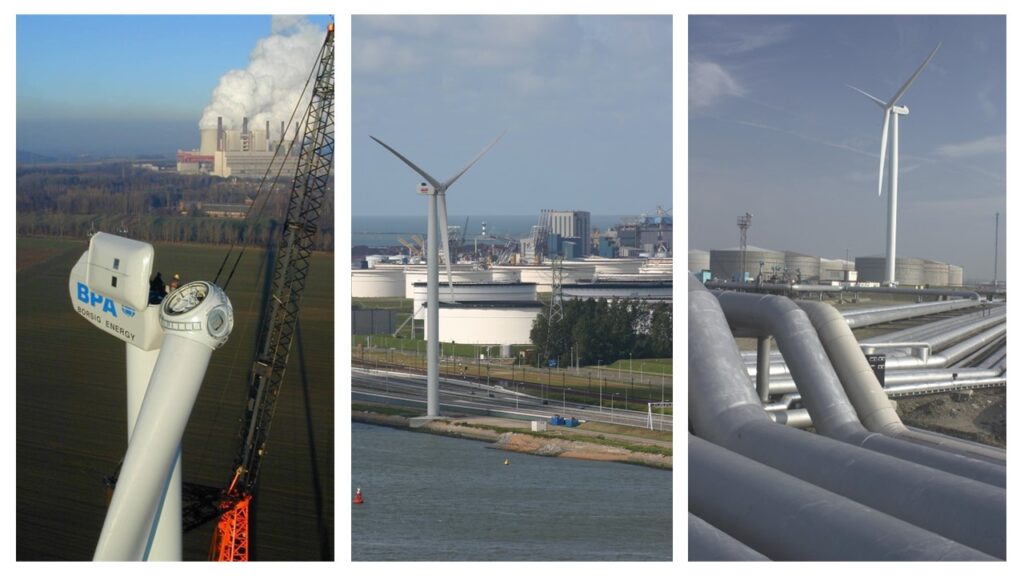
With the economic boom in the middle of the first decade of this century, global CO2e emissions continued to rise despite the caps imposed by the 1997 Kyoto Protocol. In the first half of the decade, there were not yet any signs that environmental issues would move beyond regional concerns to gain global attention. What had happened?
The turning point in global attention came in 2006 with the UK Stern report, which highlighted the economic benefits of climate protection versus the costs of inaction. It concluded that the cost of climate protection would amount to 1% of global GDP annually, but failing to act would incur a price five times greater.
In the following year, the UN’s Intergovernmental Panel on Climate Change (IPCC) Fourth Report highlighted environmental concerns and prompted global calls for sustainable economic activity and energy production. Despite widespread support, especially when oil prices peaked in 2008, the booming economy led to a 29% rise in CO2e emissions from 2000 to 2007, as Kyoto measures failed to curb them.
With the drastic increase in emissions, there was growing recognition that business as usual is no longer an option. Avoiding emissions was then seen as a global social mandate and sustainability metrics evolved into KPIs.
This was state-of-the-art in 1995 at Nordex: Even in the 90s the topic of CO2e emissions of coal power plants was part of presentations for Nordex customers – back then, not digital, but presented using a classic overhead projector, as shown in these original Nordex overhead transparencies:
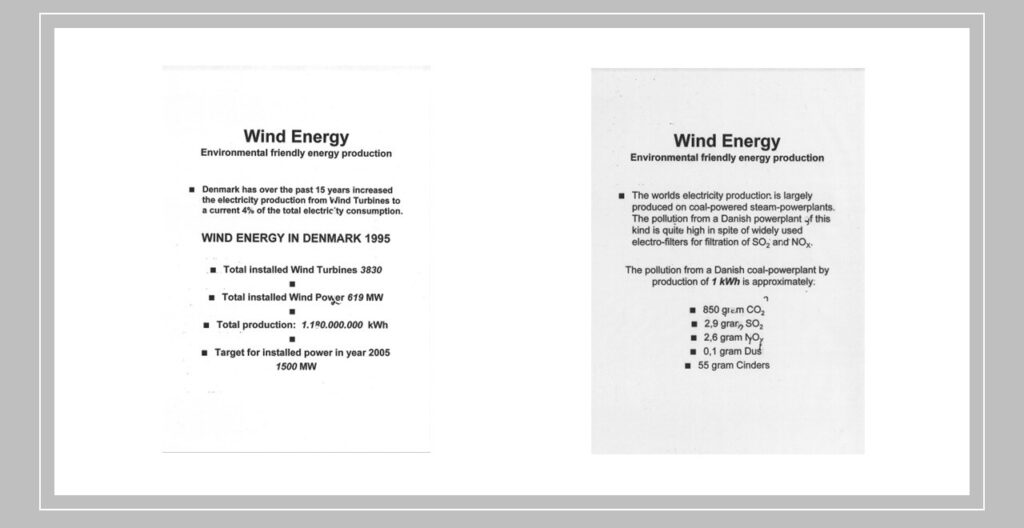
1995: Sustainability reporting at Nordex – Avoiding emissions
In 2010, environmental topics took on greater significance, as did Nordex communication efforts, such as in the customer newsletter WindpowerUpdate 30.
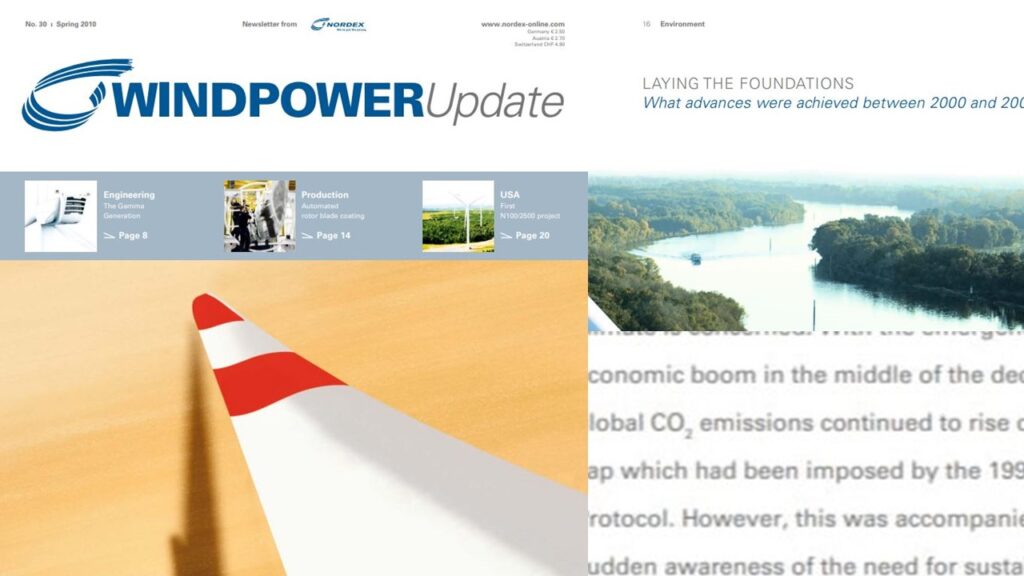
Today – Sustainability and avoided CO2e emissions are integral to the Nordex Group’s communication. Read more in the Key Facts of Sustainability.
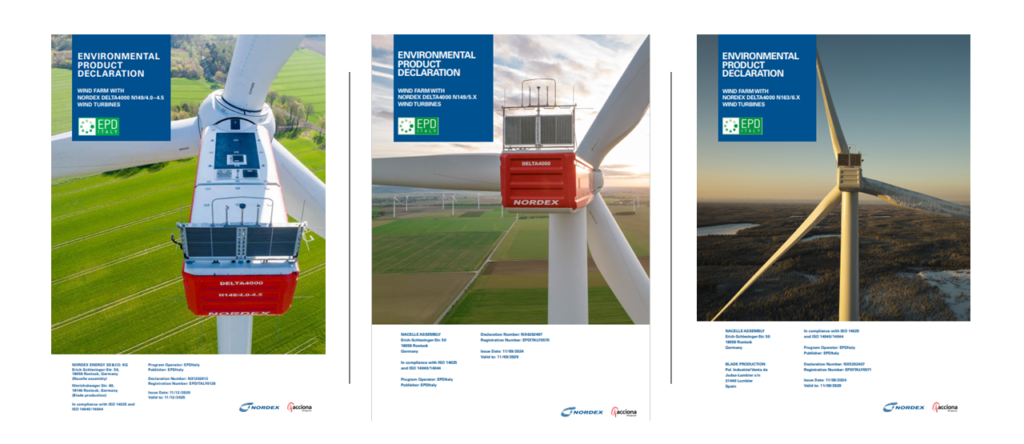
By the end of last year, the Nordex Group had installed over 57 GW of wind power capacity across more than 40 markets. Together, the more than 20,000 Nordex turbines installed worldwide have avoided 600 million tons of CO2e emissions since 1985.
It is also remarkable that the avoided amount of CO2e has been steadily growing. In 2021, our turbine fleet prevented 58.6 million tons of CO2e, and by 2024, this figure had risen to 81.0 million tons. This is almost as much as Belgium’s total emissions in 2023 from fossil fuels and industry (83.37 million tons).
Every year, our avoided emissions increase, as we continue to supply increasingly powerful turbines.
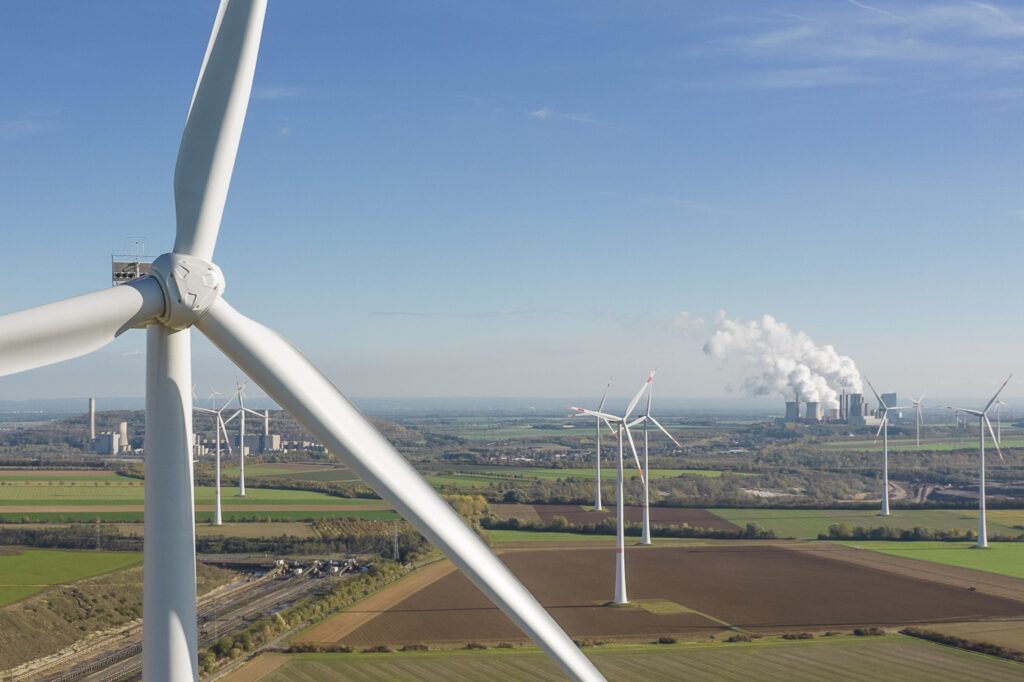
If we compare the Nordex Delta4000 turbine, which emits 6.5 g CO2e/kWh, with the global electricity mix in 2020, which had an average of approximately 436 g CO2e/kWh, the difference is clear: wind energy is clean energy. And to put it in perspective, hard coal has 163 times the climate impact with 1,060 g CO2e/kWh.
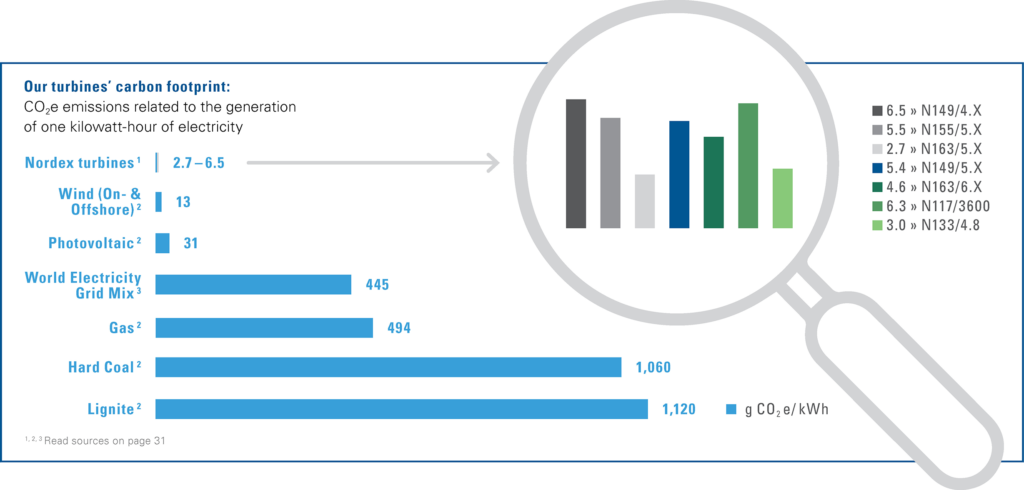
The numbers speak for themselves. The goal should be for the world to increasingly reply on clean energy and avoid CO2e emissions in order to approach net zero. With an optimal energy transition, avoided emissions would ideally be 0 g CO2e/kWh by 2040 or 2050. Thus, the theme of today’s Earth Day – and its spirit – is more relevant than ever: ‘Our Power, Our Planet’.
